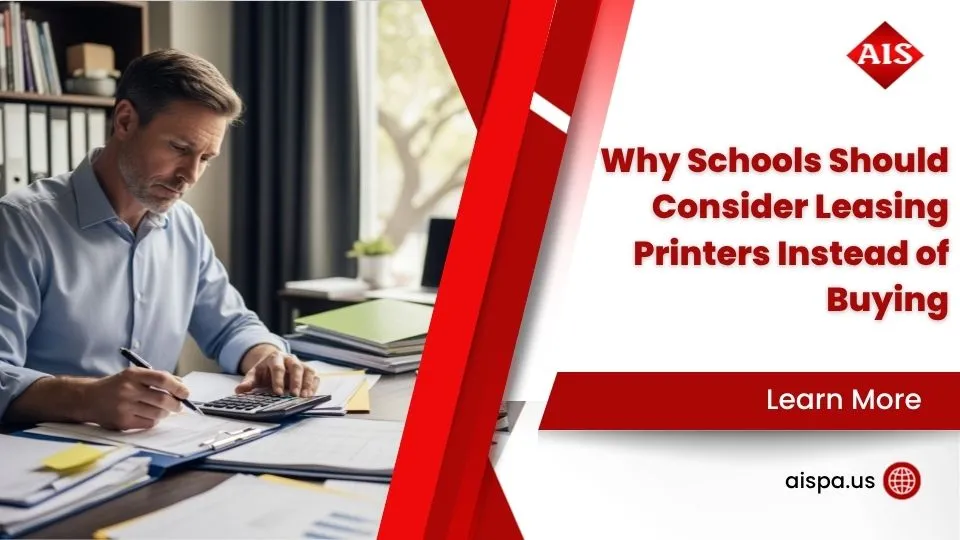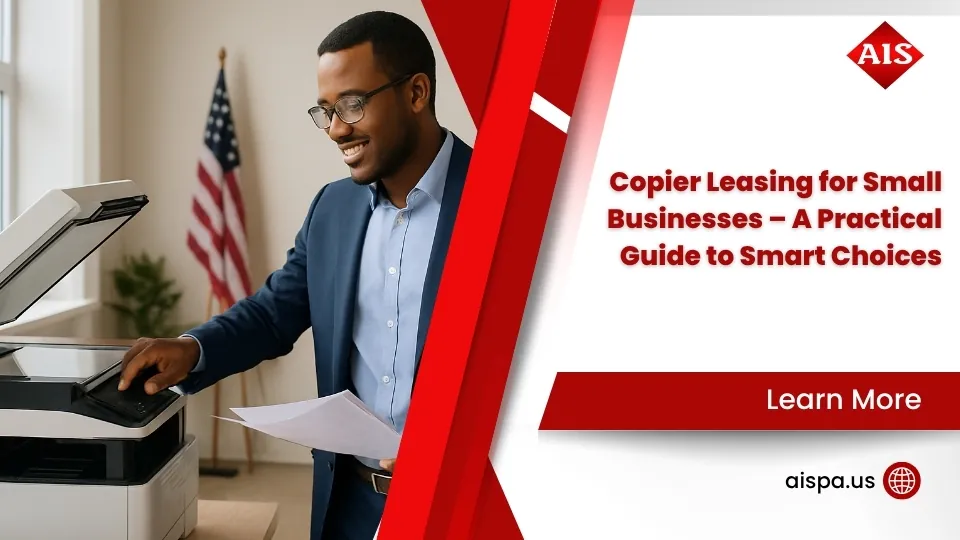The Fine Print of Copier Lease Agreements Explained
A copier lease agreement is a contract between a business and a leasing company that allows the business to use a copier for a set period while making monthly payments, rather than purchasing the equipment outright.
Quick Guide to Copier Lease Agreements:
| Element | Description |
|---|---|
| Definition | Legal contract for temporary use of copier equipment with monthly payments |
| Common Terms | 12-60 months (typically 36-60 months) |
| Main Types | Fair Market Value (FMV), $1 Buyout, Operating Lease, Lease to Own |
| Monthly Cost | $100-$1,000 depending on equipment and features |
| What’s Included | Equipment use, sometimes maintenance and supplies |
| End Options | Return, purchase, or renew the lease |
Leasing a copier is by far the most popular way for businesses to acquire copying and printing equipment. For Philadelphia office managers juggling tight budgets and evolving document needs, understanding the fine print of these agreements is crucial to avoiding unexpected costs and headaches.
Think of a copier lease like renting an apartment instead of buying a house. You get the benefit of using the equipment without the large upfront investment, but you need to understand exactly what you’re signing up for.
Most copier leases run for 3-5 years and include specific terms about monthly print volume, maintenance responsibilities, and end-of-lease options. What many businesses don’t realize is that these agreements are typically non-cancellable, meaning you’re locked in for the full term regardless of how your needs might change.
“Leasing a copier can be a daunting endeavor, but this guide will answer all the major questions you have before signing a lease,” explains one industry expert. By understanding the key components of these agreements, you can make a more informed decision that aligns with your office workflow and budget constraints.

How a Copier Lease Agreement Works
Most copier leases are written as finance leases under UCC Article 2A, which means they are non-cancellable. Once you sign the Delivery & Acceptance Certificate, you are committed for the full term.
The basic flow is simple:
- Credit review – the lessor checks business credit (new companies may need a personal guaranty).
- Delivery & setup – the device is installed and connected to your network.
- Acceptance – you sign that everything is working; payments start.
- Monthly use – you supply meter reads and pay any overages above your allowance.
- End-of-term notice – 90-120 days before expiry you decide to return, buy, or renew.
Key fine-print items to verify before signing:
- Term length – 36 or 60 months are common; odd lengths like 63 months usually just pad profit.
- Print allowance & overage rates – know the cost per extra page.
- Insurance clause – you can usually add the lessor as “loss payee” on your existing policy instead of paying extra lease-placed insurance.
- Fair wear-and-tear language – defines acceptable condition when you return the device.
For a deeper local look, see Copier Leases in Philadelphia.
Comparing Lease Types & Terms

Fair Market Value vs. $1 Buyout
| Feature | FMV Lease | $1 Buyout |
|---|---|---|
| Monthly Payment | Lower | Higher |
| Ownership at End | Optional purchase at FMV (≈20 %) | Yours for $1 |
| Accounting | Operating-type | Capital-type |
| Best For | Frequent tech refresh | Long-term retention |
Choose FMV when you want the newest features every 3-5 years. Pick $1 buyout when you plan to keep the machine well past the lease.
Short- vs. Long-Term
• 12-36 months – higher payment, maximum flexibility.
• 48-60 months – lowest payment, but watch for evergreen clauses that auto-renew if you miss written notice 90-120 days before expiry.
Seasonal businesses can often negotiate quarterly volume adjustments to avoid paying for unused pages.
Breaking Down Costs, Fees & Maintenance

Your monthly lease bill is only part of the true cost. Add:
- Maintenance plan (parts, labor, toner) – often escalates 10-15 % each year.
- Consumables & paper – if not covered in the service plan.
- Taxes & document fees – $100-$125 one-time is common.
- Overage charges – $0.01-$0.07 per extra page.
Keep Service Separate
Signing a separate maintenance contract lets you renegotiate page volumes or switch service vendors without touching the lease itself. Make sure the service agreement lists response-time guarantees and includes toner with free shipping.
Hidden Fees to Flag
• Lease-placed insurance ($15/mo.)
• Interim rent (days between delivery and first billing cycle)
• Return freight at end of term
Ask to remove or cap these in writing. A quick review of our guide “Understanding Your Copier Lease Agreement: What You Need to Know” can save hundreds over the lease life.

Accounting Basics (ASC 842)
Under current rules almost every lease – operating or finance – now sits on your balance sheet. Operating leases still hit the P&L as expense; finance leases let you depreciate the asset. Confirm the treatment with your CPA before signing.
Legal Clauses That Matter
- Jurisdiction & venue – push for disputes to be handled in Pennsylvania, not the lessor’s distant headquarters.
- Automatic renewal – insist on written notice from the lessor before any renewal takes effect.
- Performance guarantee – if uptime falls below an agreed percent, the lessor replaces the unit at no cost.
- Personal guaranty sunset – request that it drops after 12 on-time payments.
Adding the lessor as a loss-payee on your existing policy usually meets the lease insurance requirement and avoids duplicate premiums.
End-of-Lease Options & Scalability

At lease end you can:
- Return – give 90-120 days’ written notice, package per lease instructions, and pay return freight.
- Purchase – FMV ≈ 10-20 % of MSRP, or $1 for a buyout lease.
- Renew – often month-to-month at a lower rate, but factor in higher service costs on older hardware.
Planning for Growth
- Coterminous add-ons: add a second device and have both expire together.
- Up-size rights: swap to a faster model mid-term without penalty.
- Transfer clause: another firm can assume payments if your business pivots.
Early Exit Realities
Terminate early and most lessors charge the remaining payments, discounted by only a few percent. We can sometimes negotiate a lease assumption or reduced buyout, but prevention (choosing the right term) is cheaper than cure.
Frequently Asked Questions about Copier Lease Agreements
Leasing vs. Buying? Leasing preserves cash and keeps you on current tech; buying can cost less if you will use the same machine 6-7 years or more. Lease payments are normally 100 % deductible; purchased equipment is depreciated.
How do I avoid auto-renewal? Send certified written notice 90-120 days before the term ends to the address in the lease. Set calendar reminders 150 days out.
Can I change my print allowance mid-term? Yes, if your maintenance plan is separate from the lease. Build quarterly reviews into the contract for seasonal swings.
Conclusion
A well-structured copier lease agreement gives you dependable equipment, controlled costs, and upgrade flexibility. Associated Imaging Solutions combines global-standard technology with hometown service from Philadelphia to Pittsburgh and everywhere in between.
Ready to see how much you could save? Our team can:
- Audit your current print volumes and uncover hidden costs
- Recommend devices that won’t feel outdated halfway through the term
- Translate every lease clause into plain English before you sign
Visit our Copier Lease page or call the AIS team for a zero-pressure chat about your document workflow.











